In this article, we delve into the world of budget boom poles as Hunter from Black Valve takes us on a journey to discover their usability and performance. With two boom poles priced under a hundred dollars, we explore whether these affordable options can meet our audio needs both in the studio and on location.
Understanding Boom Poles:
Before diving into the review, it's important to understand the key factors that make a good boom pole. Hunter, drawing from his experience as a sound utility and a boom operator, shares some insights. A high-quality boom pole should be lightweight yet sturdy, with multiple sections that can collapse for easy transport. It's also essential to consider whether an internally cabled boom pole is necessary for specific scenarios, such as sports broadcasts.
Reviewing the Boom Poles:
Hunter begins by introducing their current studio boom pole, an aluminum K-Tech model that has served them well over the years. However, the internal cable has broken multiple times. Next, they discuss a poorly constructed on-stage stand boom pole that was acquired for free but is in dire need of replacement due to being broken.
Now, it's time to unbox the budget boom poles and examine their features and performance.
NEEWER NW-7000
The first boom pole they unbox is the NEEWER model, which comes with foam handles and a thread at the back for additional mounting options. It boasts good locking connectors and two sections, allowing for a decent length. The half-turn locking mechanism provides a secure grip, and the collapsible length is around three and a half to four feet. Hunter finds this boom pole lightweight and suitable for studio use, and the price is revealed to be $49.02, which they consider fair for the quality and functionality.
NEEWER NW-088
Moving on to the second boom pole, they unbox another NEEWER model, but this one is a cabled version with three sections. The entire pole section is covered in foam, which Hunter expresses some reservations about, expecting it to wear out over time. However, they note that the upper section design resembles higher-end models. The coiled cable is sealed, which limits its adjustability but prevents tangling. The XLR connector is located at the bottom, and the pole extends to approximately 11 feet. Despite feeling slightly heavier, it remains manageable. The price for this cabled boom pole is also under $100, impressing Hunter with its usability and build quality.
Audio Performance and Conclusion:
To evaluate the audio performance, Hunter attaches a microphone to each boom pole. Both models produce satisfactory sound, with the cabled boom pole eliminating the need for an external cable, resulting in a cleaner setup. While there are some minor concerns, such as tight connections and a non-locking section, these issues can be resolved or managed. Overall, the budget boom poles exceed expectations, offering reliable performance and functionality for their price range.
In conclusion, the budget boom poles reviewed in this article prove to be viable options for those seeking affordable solutions without compromising too much on quality. Whether for studio work or on-location shoots, these budget-friendly choices deliver satisfactory audio results. However, it's important to note that higher-end boom poles may still offer additional features and better longevity. Nonetheless, for those on a tight budget, the Newer boom poles present a solid choice for audio needs.
Remember, selecting the right boom pole depends on your specific requirements and the scenarios you anticipate. By considering factors such as weight, sections, cable management, and connectors, you can make

